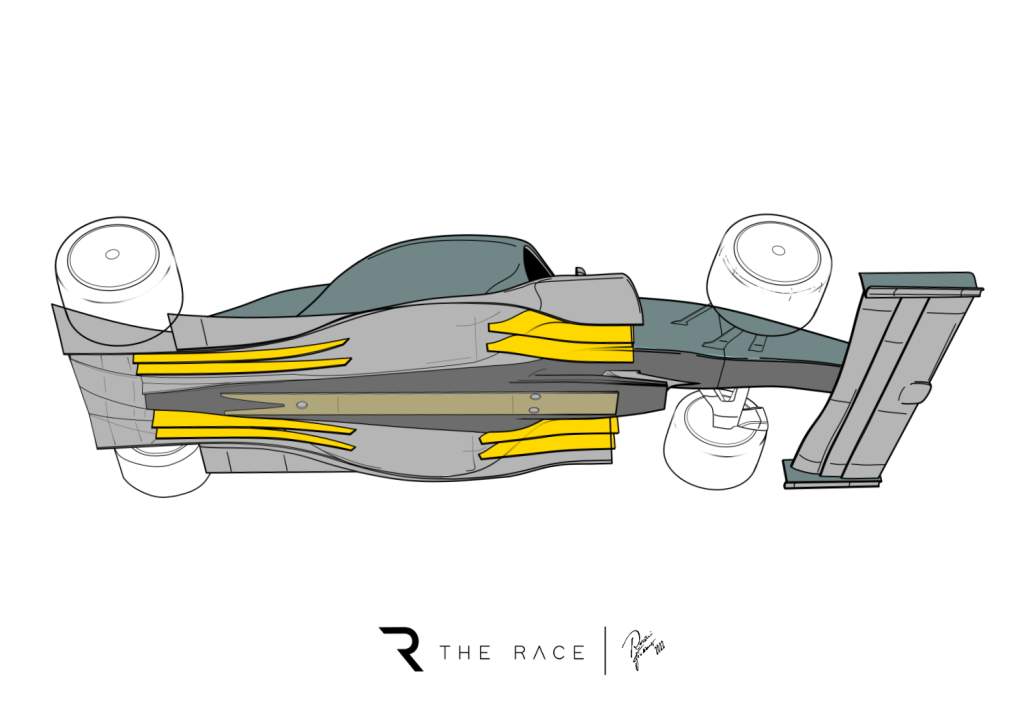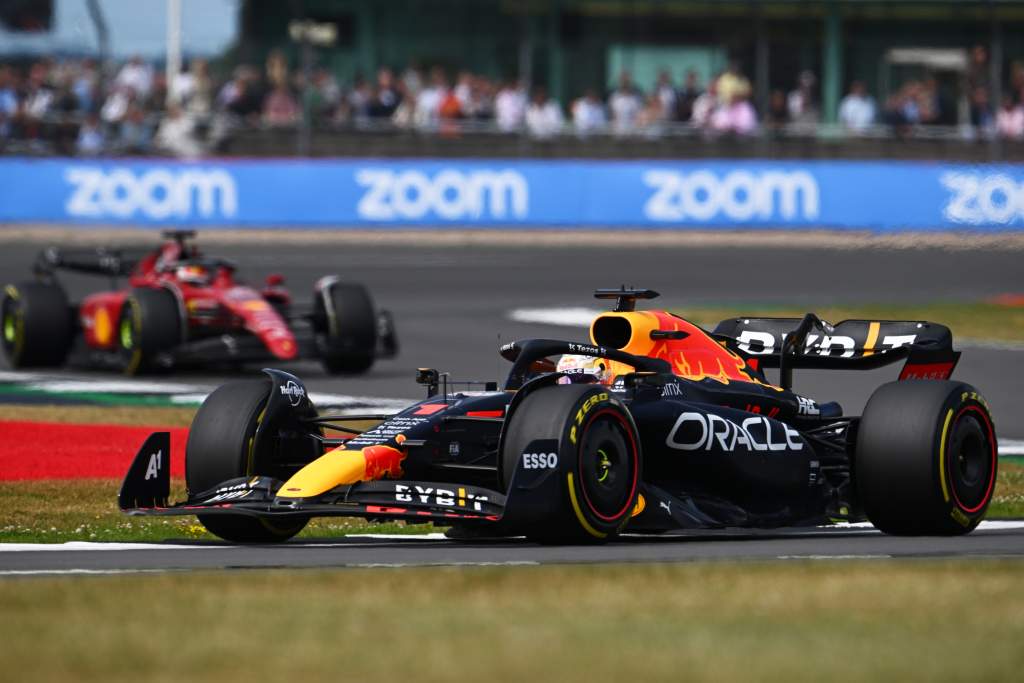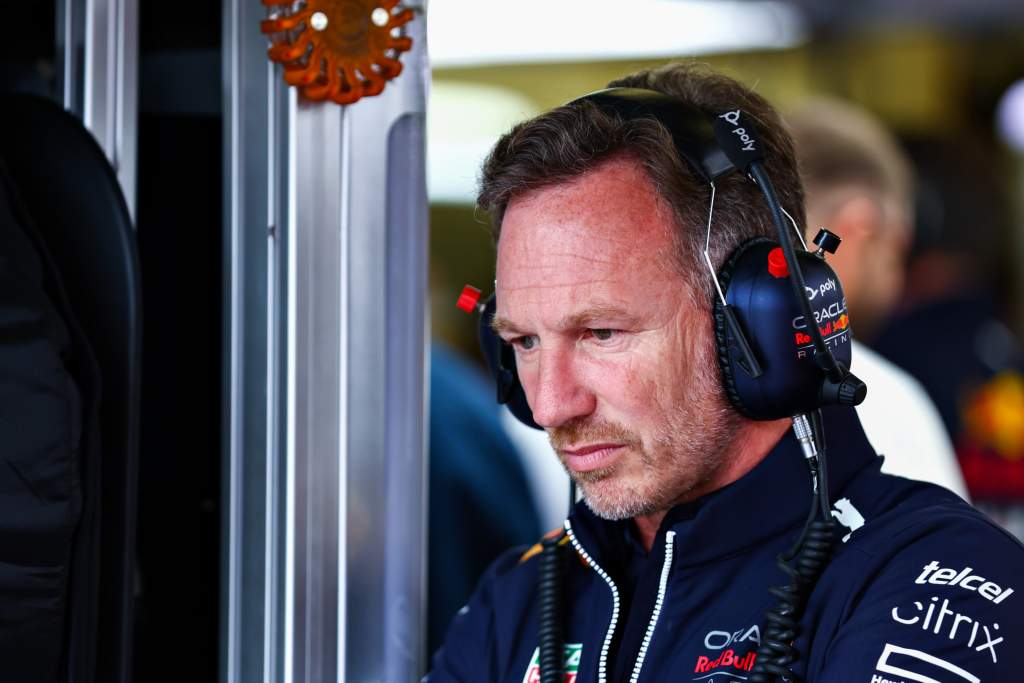Up Next

Red Bull’s Christian Horner is unhappy with the FIA’s reasoning for pushing a controversial new technical directive, claiming there is “no such thing as the intent of the regulations”.
The FIA has intervened in the debate over the porpoising and bottoming-out of F1’s 2022 ground-effect cars and wants to set a limit for the vertical oscillations drivers can be subjected to.
To ensure that all cars can be governed by a newly-created bouncing metric, the FIA has issued updated parameters relating to plank wear and skid stiffness, so that it is confident all teams are running their planks as intended when the regulations were created.

In the technical meetings between teams and governing body as the 2022 regulations were formulated, the FIA stipulated that the plank should be solid, with a 2mm tolerance, and the way in which the plank and the skid blocks were mounted should reflect that.
But the regulations did not include the specific wording of that original guidance and instead only specify no deflection greater than 1mm at a position at the leading edge of the plank, and 2mm at a position slightly further back – there are no measurements taken further to the rear, around where the driver sits.
Some teams are believed to have engineered the mounting of the plank and skid block in a way that gives a degree of cushioning and lets them flex more than the intended amount, so they can be used more aggressively.
The suggestion is that Red Bull and Ferrari, F1 2022’s top two teams, adopted this interpretation, which will not be accepted as of the French Grand Prix in two races’ time.
As the technical directive is only in a draft stage, Horner has suggested it will be challenged in Friday’s meeting of the F1 Commission ahead of the Austrian Grand Prix.
Asked by The Race about the FIA wanting to enforce something that has not been explicitly outlined in the regulations, he said: “Well, this is the problem, isn’t it? That regulations need to be black and white.
“I think we end up with encyclopaedias that sometimes are way too complicated.
“And there’s no such thing as the intent of the regulations. It’s a binary thing.
“So, the F1 Commission meeting, there’s many things to discuss on the agenda, maybe two hours won’t quite be enough.”

While there are no silver bullets in F1, the consensus is that there could be a tangible advantage for the teams who have – in the FIA’s view – flirted with going over the line in their interpretation of these regulations.
Mercedes head of trackside engineering Andrew Shovlin has admitted that upon learning what other teams had been doing, the team realised there were “opportunities we’ve perhaps not been exploiting”:
He also suggested the new technical directive could bring Red Bull and Ferrari closer to Mercedes.
Since the FIA’s planned intervention was initially revealed ahead of the Canadian Grand Prix, and analysis of plank wear was first mooted, Red Bull and Ferrari have been the most vocal critics.
Red Bull has insisted it would be unfair to enforce changes on all teams if some cars were conforming to the rules and not porpoising or bouncing to a dangerous degree.

Both Red Bull and Ferrari have also been critical of the possibility of the FIA interfering with car set-up decisions.
But the FIA’s revised technical directive suggests its analysis into the porpoising and bottoming out issue has simply resulted in dissatisfaction with how some teams have designed and are running their floors.
Clamping down on potential abuse of the underside of the floors is a matter of ensuring compliance of the rules and that all the cars are subject to the same basic parameters – rather than forcing teams to converge on designs or adopt a certain set-up for porpoising reasons.
Horner says he believes his cars “fully conform” to everything that has been outlined in the new technical directive and says no changes will be required.
But asked if he will challenge the TD in Friday’s Commission meeting, Horner declined to give a straight answer.
“I think the process is the thing to discuss as well,” he said. “Because a TD shouldn’t be regulatory changes.
“There’s a governance and a process for that. So I think we just need to talk through exactly why [it is considered necessary].
“It didn’t look like it was a lot of porpoising in this race. So, teams will sort it out, and I don’t feel it needs the intervention of a TD.”





